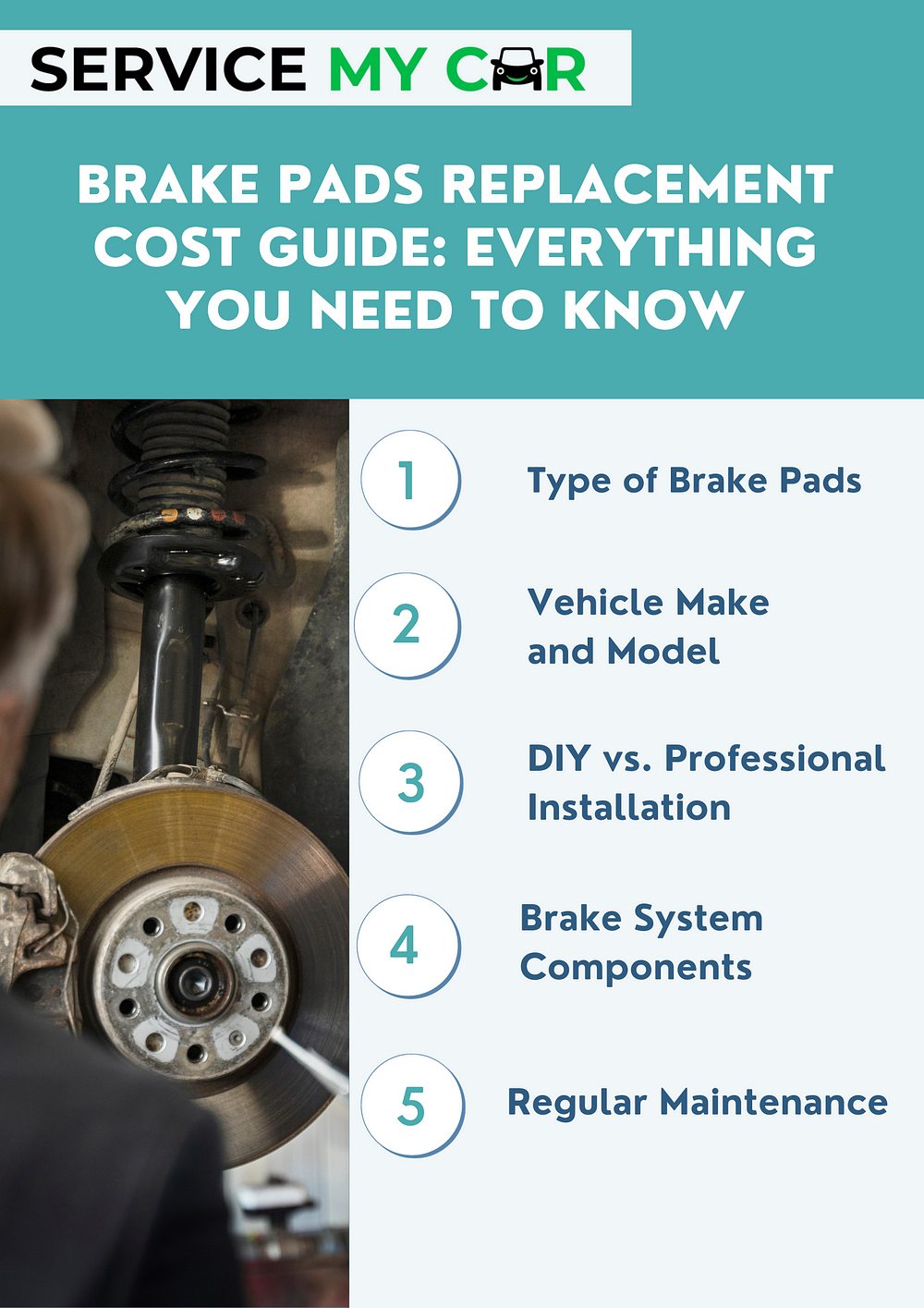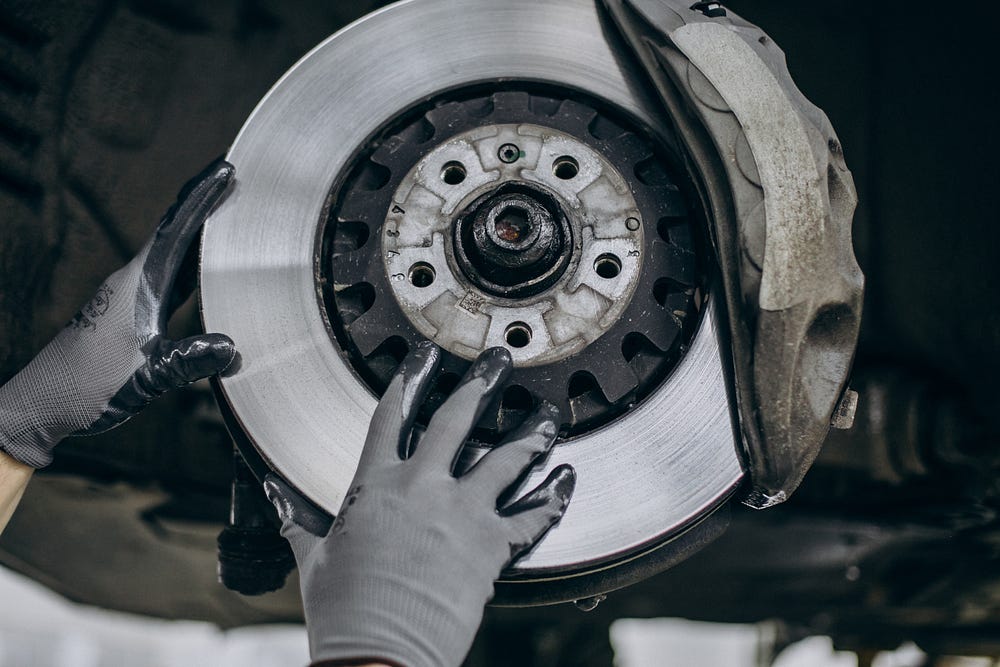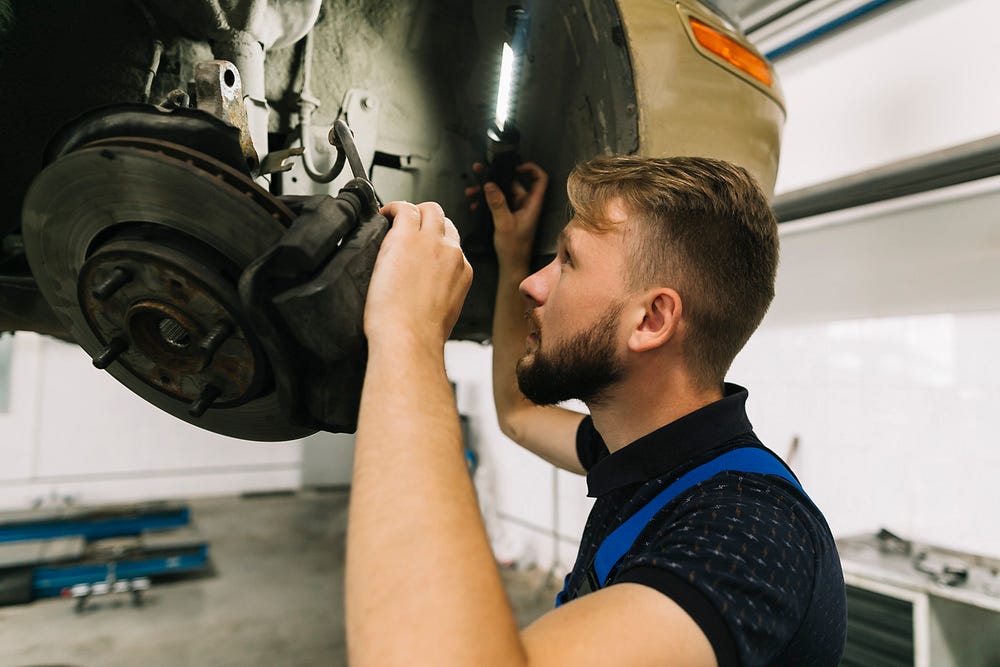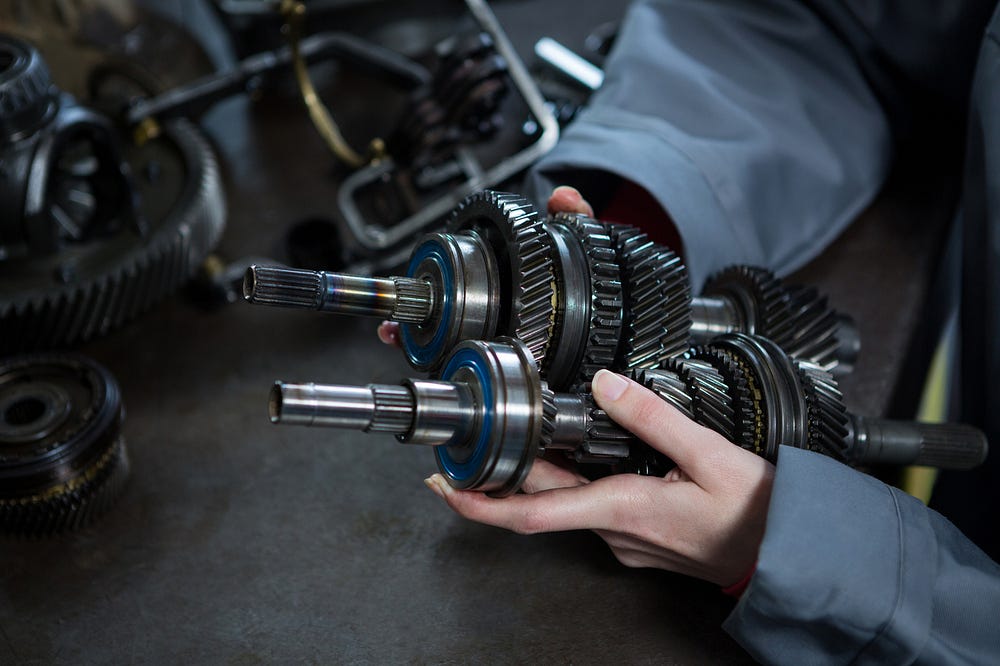Maintaining your vehicle’s braking system is crucial for both safety and performance. Over time, brake pads wear down and require replacement to ensure optimal stopping power. Understanding the costs associated with brake pad replacement is essential for responsible car ownership.

In this comprehensive guide, we’ll delve into the factors influencing brake pads replacement costs, explore different types of brake pads, and provide tips on how to minimize expenses without compromising safety.
Factors Influencing Brake Pads Replacement Costs

Type of Brake Pads:

The cost of brake pad replacement can vary significantly based on the type of brake pads you choose. There are three main types: organic, semi-metallic, and ceramic. Organic brake pads are usually the least expensive, while ceramic pads tend to be pricier but offer enhanced performance and durability. Semi-metallic pads fall in between in terms of cost.
Vehicle Make and Model:

The make and model of your vehicle play a crucial role in determining brake pad replacement costs. Luxury or performance vehicles often require specialized brake pads, which can be more expensive than those used in standard cars. Additionally, certain vehicles may have more complex brake systems, influencing labor costs during replacement.
Labor Costs:

The labor costs associated with brake pad replacement can vary depending on the mechanic’s hourly rate and the complexity of the job. Some vehicles have more accessible brake systems, making replacement quicker and less expensive. However, in cases where brake components are harder to reach or require additional disassembly, labor costs may increase.
Brake System Components:

Brake pads are just one part of the braking system. If other components, such as rotors or calipers, need replacement or resurfacing, the overall cost will be higher. It’s essential to assess the entire braking system to ensure all components are functioning optimally.

